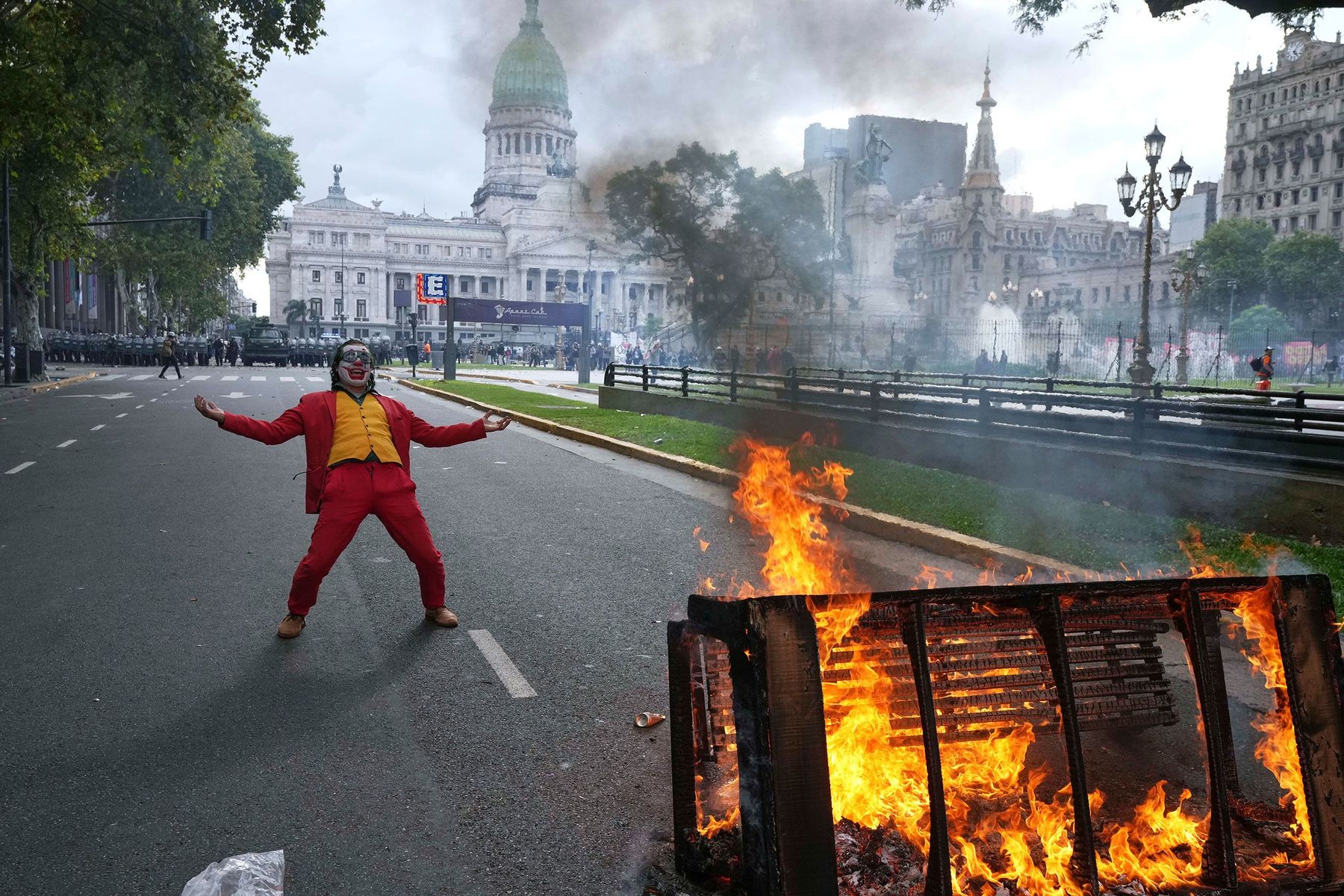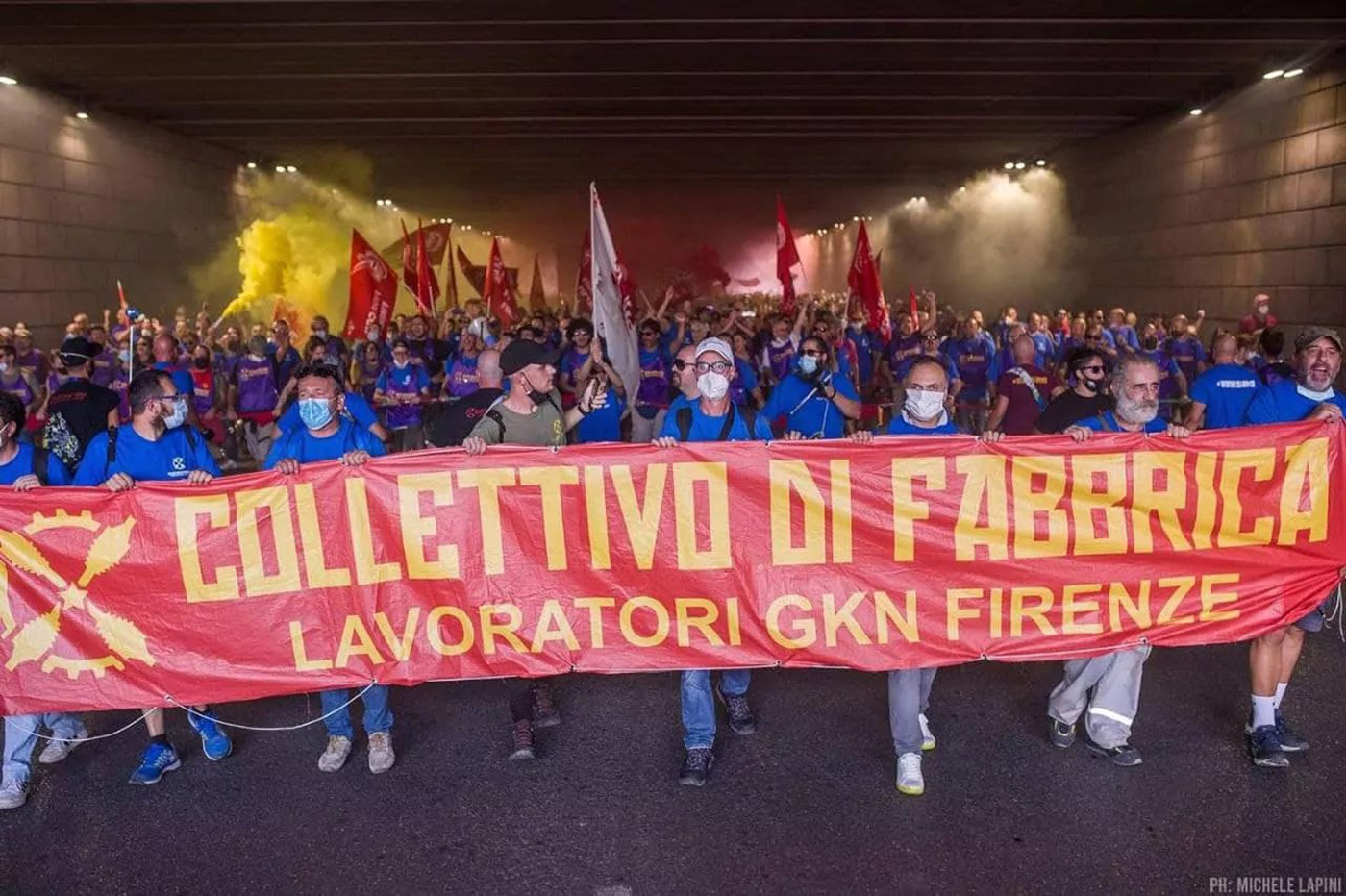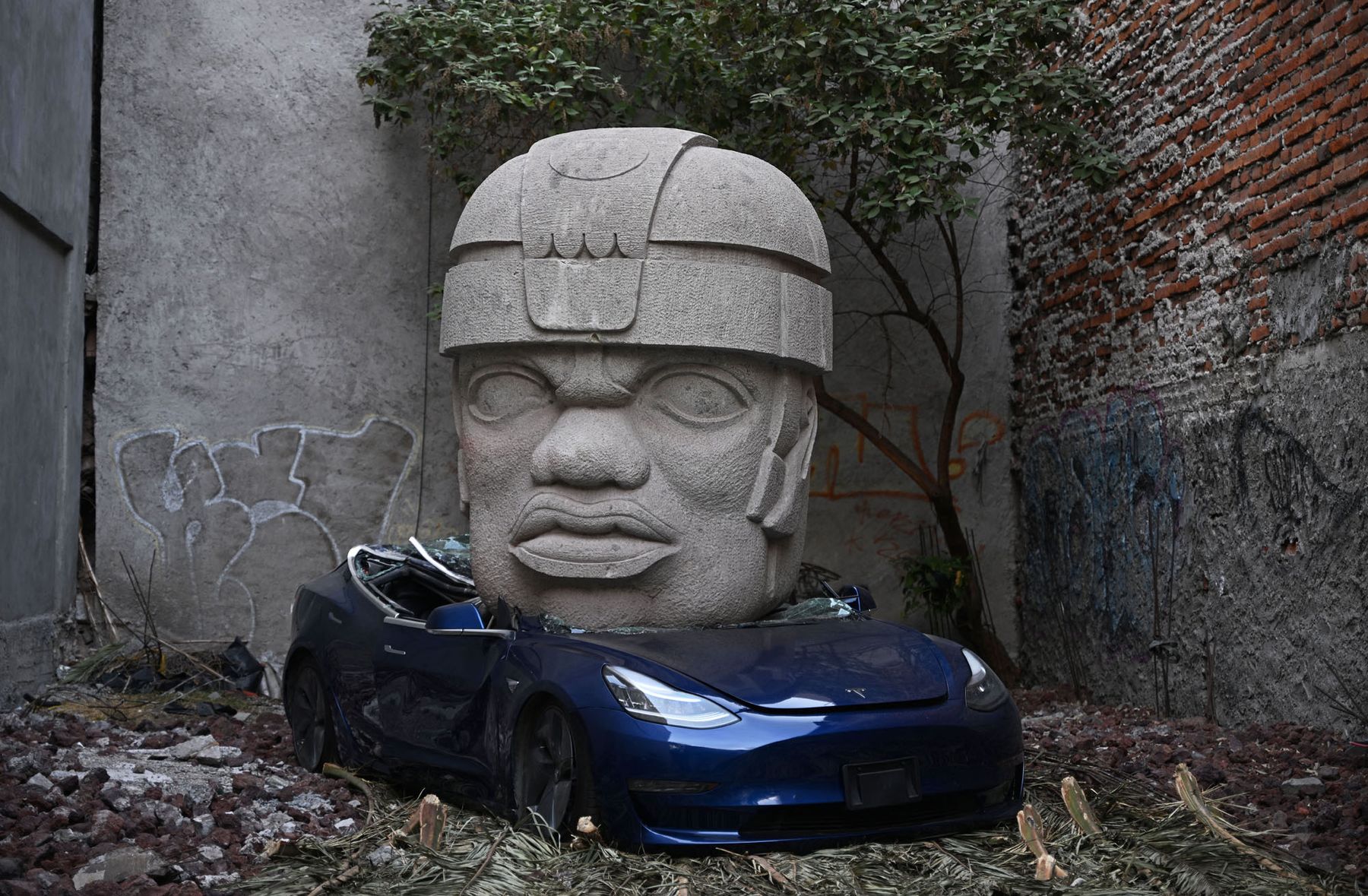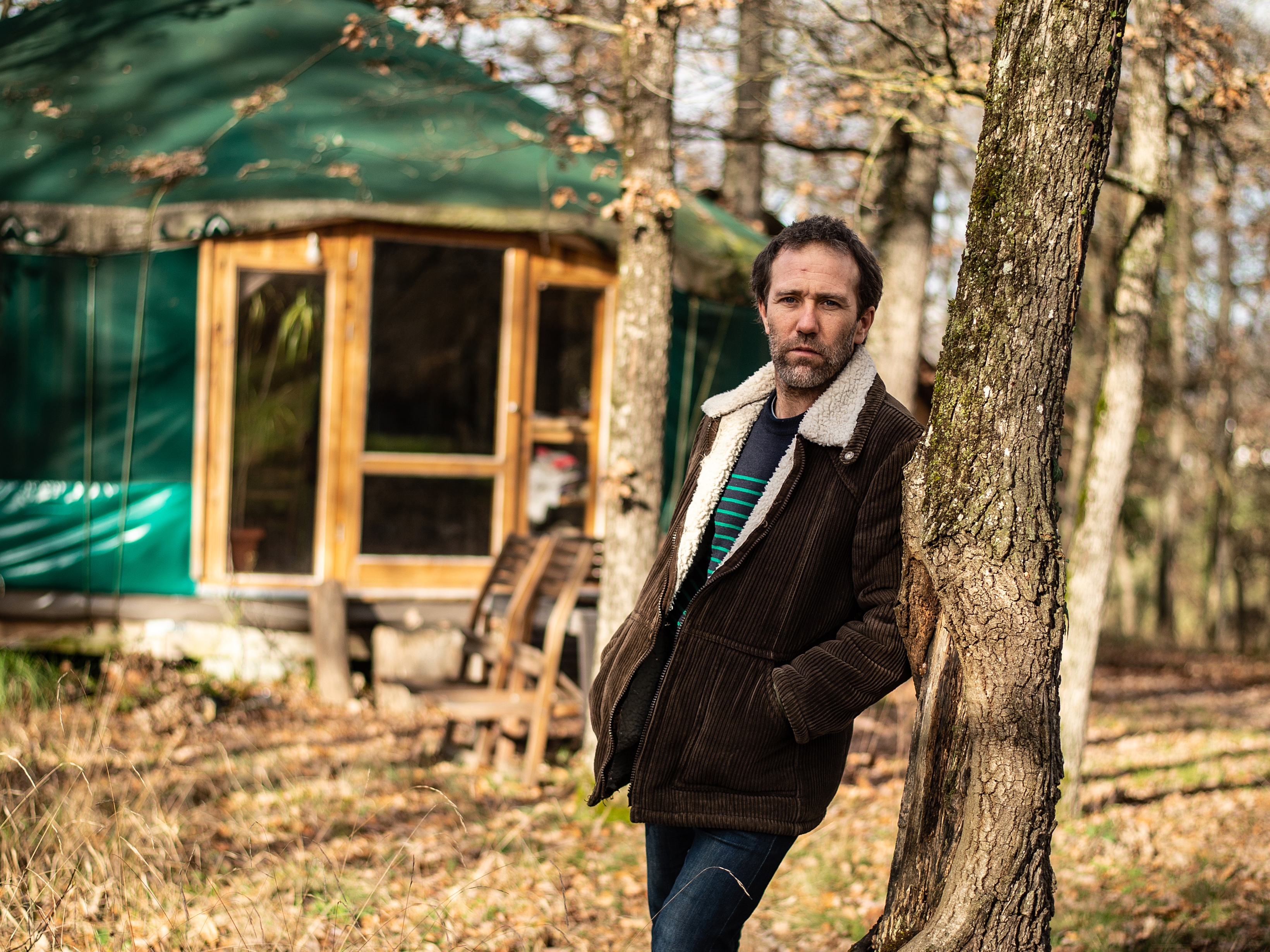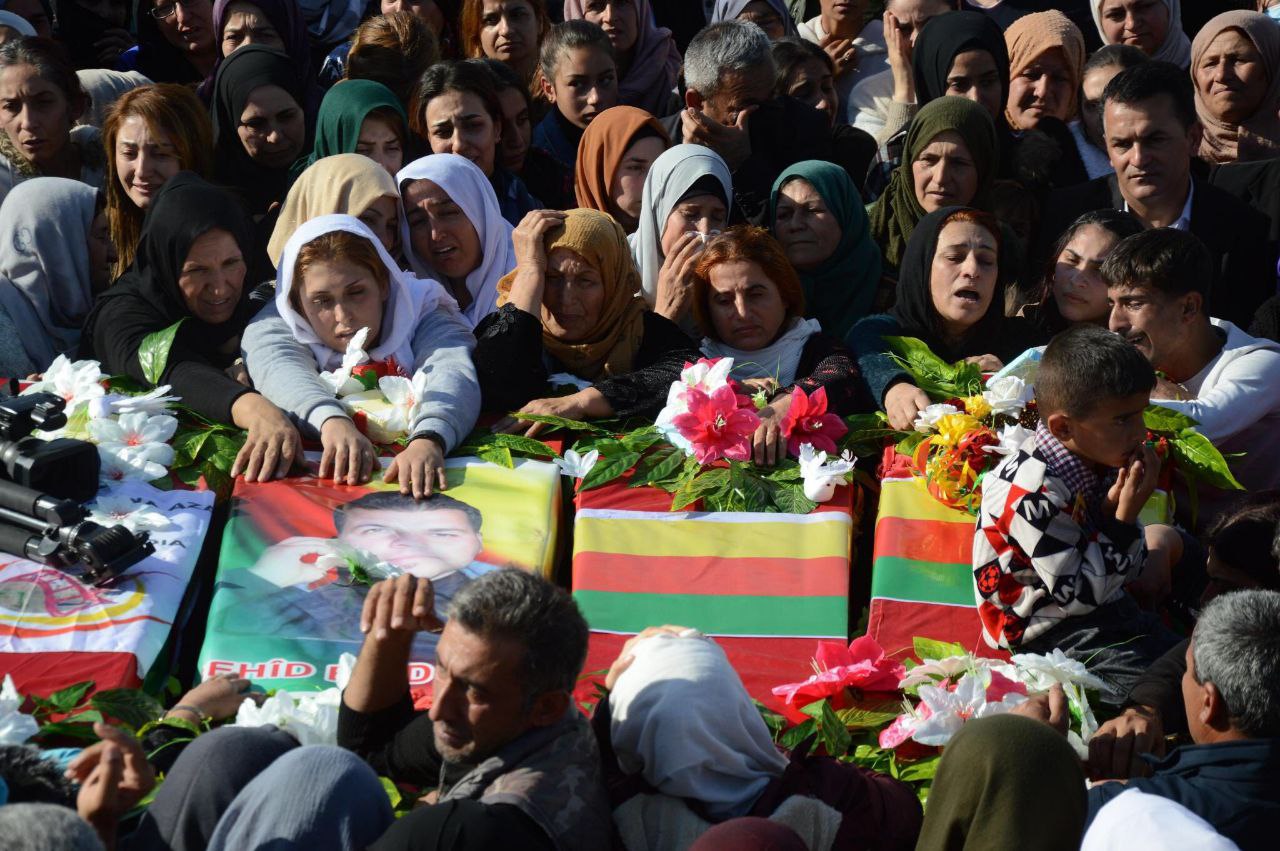Sainte Soline: ready to be killed by a lot of land
- The terrible events in the area of the Sainte-Solin aback raise a question: how is it possible that more than 200 people are injured (on both sides) and two of them (between protesters) continue in a life-and-death security emergency and a hill of dirt and gravel surrounding a hole?

In the past, the construction of nuclear power stations in the French field was carried out by the State, with teeth and teeth, and with bloodshed. So the comparison is significant. As in Sainte-Solin on 23 March 2023, 31 July 1977 was prohibited from passing in 5 kilometres around the construction of Creys-Malville to defend Superphenix [atomic reactor]. And, like Sainte Solin, there were thousands of police and military officers willing to attack, after withdrawal of prprefets and ministers from all fears with their statements and orders. The result is known: one hundred wounded, two mutilated among them, and the young demonstrator Vital Michalon died.
Beyond the parities, there is a striking difference between the two infrastructures violently defended by the state in half a century. In the name of French nuclear power and until the failure of 1,200 MW of high-tech (we believed it then… the ‘superreactors’), the murder could be understood from the perspective of a (terrible) reason of the state. On the contrary, in Sainte-Solin there was no technological treasure inside the spectacular assembly built around a large hole, nor anything to sabotage that could prevent its construction. No abrasive citrine plastic. Bombs and pipes were easily sabotaged about two metres from there, and the authorities had no interest in protecting them. So… why 3,200 ‘law enforcement’ agents advocated a hole in the ground and gravel to prevent thousands of people from visiting on a spring Saturday? Why did they defend this excessive difference between the goods and the war fire launched, according to figures from the Interior Ministry, 4,000 grenades in two hours, one every two seconds, one for two protesters?

In short, how can we understand that the government is willing to kill people by a peak of land, by organising a war device that prevents the seriously wounded from being brought to the hospital, as has been shown? The first possible answer lies in the context of the battle surrounding the reform of the retas. Last Saturday’s Interior Minister’s statements suggest that Sainte-Solin’s ‘firmness’ should be a note that, after Decree 49.3, protested even more angrily to the public. In this logic of the crushing of expectations for social justice, S. and M. [wounded protesters] are at the doorstep of death, following up the 353 mutilated who operate among them. The reform of the retas was the one that last Saturday ‘secured’ at the expense of the scientifically wounded, which rob the life of two years and punish the poorest, who will not reach the age of 64, who will force women and the lower-middle class to do more work.
The second answer is the government's choices for agriculture. Since 2015, Macron’s first and second government has authorised glyphosate and neonicotinoids, thereby eliminating the intentions to halve the pesticides explained 15 years ago (Ecophyto plan), eliminating support for organic farming and investing billions of euros (Plan France 2030) in digitalised and robotic high-tech agriculture, which can increase environmental damage.
In this context, the objective of Sainte-Solin [government] was to defend against all criticism the productive agriculture that runs to compete against a wall, capitalized above all and deserting the rural environment. It defended with the price of blood infrastructures that only benefit 6% of the peasants in the region, that extend the type of agriculture that our environment can no longer support, that dry up groundwater and leave the rest of the population without water. As Rémi Fraiss lost his life in 2014, the military defense of a lot of land ‘secures’ the land robberies of the new rural owners: land and water accumulators, interests of the agrifood industry, controllers of the FNSEA [farmers' chief and official union] and policy leaders of the Ministry of Agriculture.
In short, the will of the state to kill and mutilate a lot of land makes sense in the light of the new geological era we live in. The word Antropozeno has been proposed by scientists investigating changes in the trajectory of habitability of our planet. This concept indicates that human action, more specifically that of the privileged minorities of humanity, has become a telluric force that influences the geological future of the Earth. This new stage is characterised by the fact that, in addition to affecting climate and biodiversity, human actions (large reservoirs, mines, dismantles, urbanization, transport of raw materials, etc.) They move more land, sediments and rocks than all the natural forces of wind and water; the new era has brought us out of the Holocene and brought us into an ecological crisis that measures a geological catastrophe. Research has recently estimated that the mass of technological objects of globalization in our civilizing industry, from mobile phones to concrete, is greater than the mass formed by all living beings on the planet, or that the lands that France has torn apart since 1945 exceed 10 gigas m3, that is, more than 4,200 pyramids of Khufu. One of the main characteristics of our time is the great amount of tears and displacement of the earth. Therefore, what violently defended the ‘forces of order’ of Sainte-Solin represented in a lot of land was essentially the capacity of capital, transforming the capacity of capital into a geological force to keep moving skies and lands, although today everyone recognizes that this will be a catastrophe of the planet.
Therefore, the election of those who are willing to be killed by a lot of land in Sainte-Solin tells us that those of us who rule today are fighting for a social order without way, for an increasingly capitalized and industrialized agriculture that seeks to monopolise our survival as the earth and for the geological capacity of the planet. This therefore demonstrates the need to promote actions to prevent the disaster on the planet and to protect living beings.
Christophe Bonneuil is a historian and professor of science, currently director of research at the CNRS (National Institute of Scientific Research of France) and responsible for the ‘Anthropocene’ section of the editorial Seuil. He took part in the activity of Sainte-Solin organized by the Les Soulevements de la Terre movement against the large troughs. This article was originally published in the journal Terrestrial under the title Prêt à tuer pour un tas de terre.
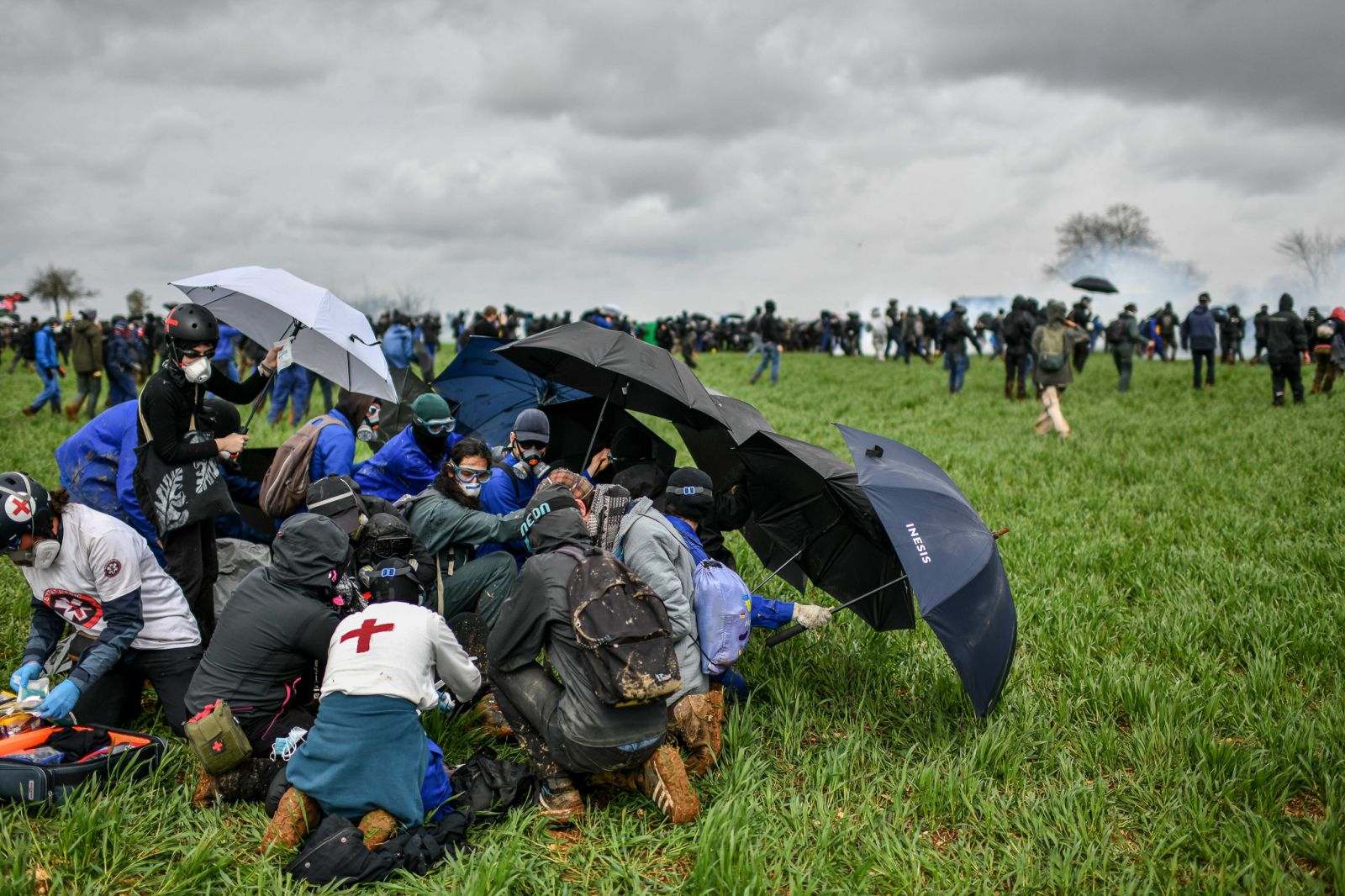
“Houston, we have a problem!”
Well, to say that we have a single problem, as things are, can be a temerity, but this time I want to focus on an issue that concerns us and affects us internally, mental health.
Historically, suffering has had a profound meaning and meaning... [+]








